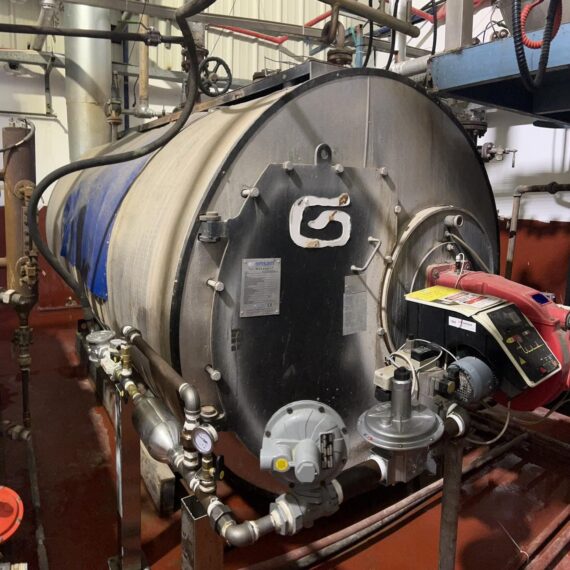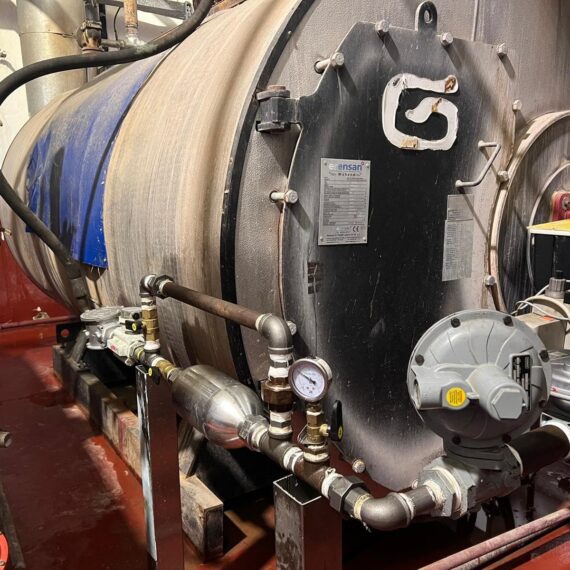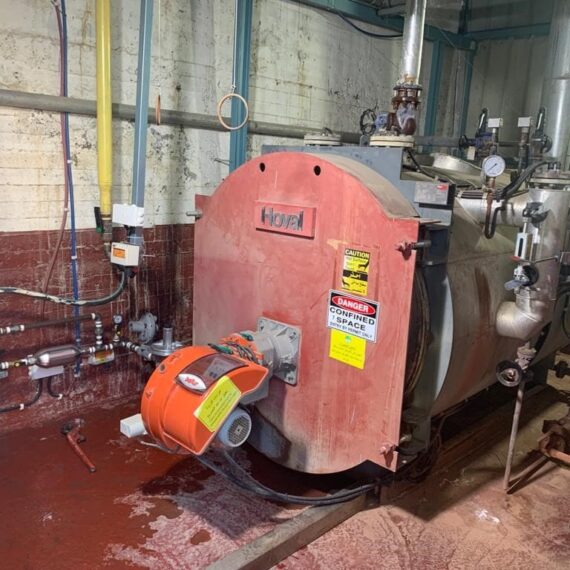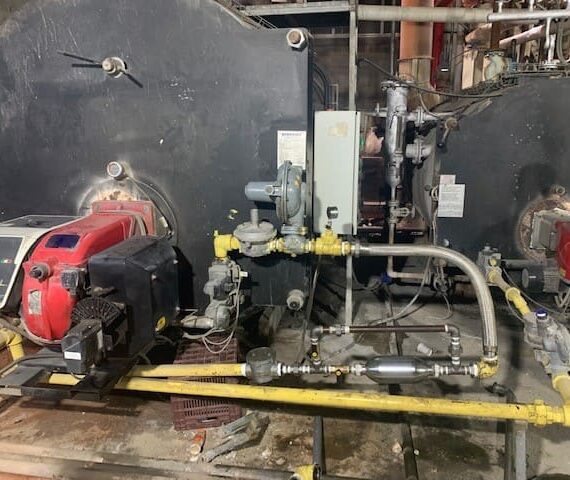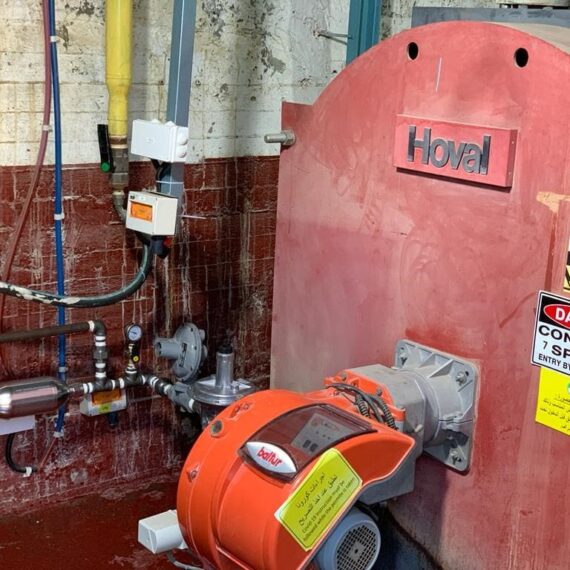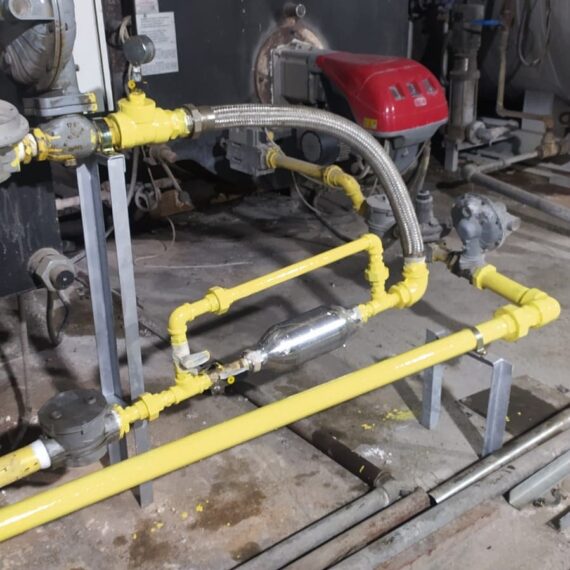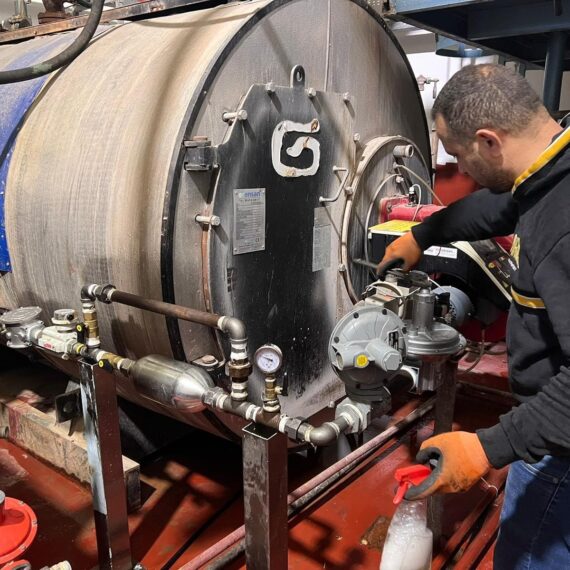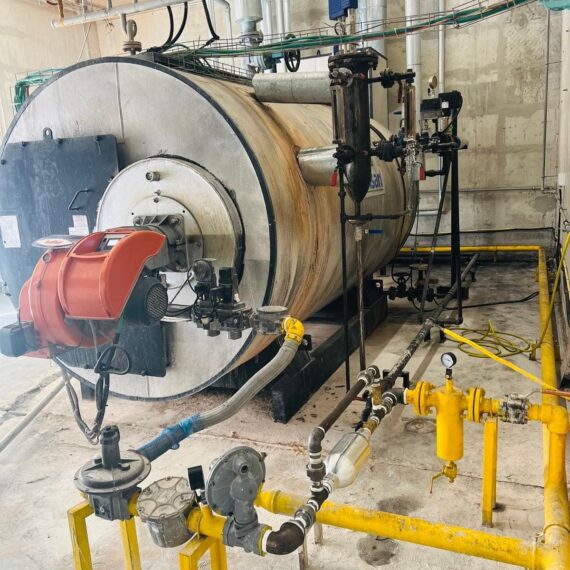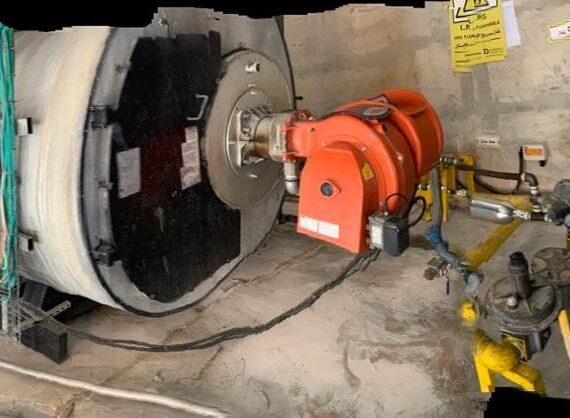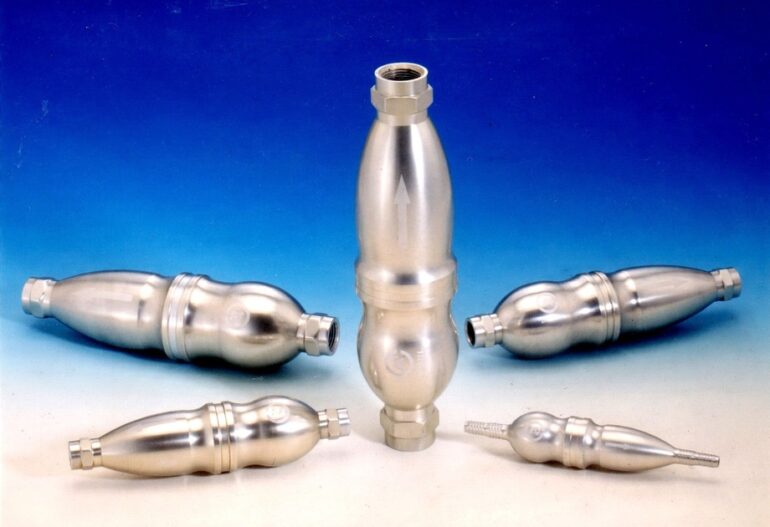
Supper Energy Catalytic Converter (S.E.C.C)
What is a Catalytic Converter
A catalytic converter is a device that reduces post-combustion emissions. Catalytic converters are installed downstream of the exhaust manifold in the exhaust system. Precious metals, also known as noble metals, are active components that reduce emissions. “Rhodium is a chemically inert noble metal that is corrosion resistant.” It is commonly used in catalytic converters to clean automobile emissions (along with fellow PMG metals Platinum and Palladium).”
Supper Energy Catalytic Converter (S.E.C.C)
How does it work?
The Super Energy Catalytic Converter (S.E.C.C.) is made from superalloys of rare precious metals and minerals such as titanium, platinum, and palladium.
The electronic, physical, and chemical properties of superalloys cause molecule clusters in flowing gas/diesel/heavy oil to split into single molecules, which serve as its theoretical foundation. This increases the flammable surface area of the fuel, resulting in better combustion, lower fuel consumption, and fewer harmful emissions through the exhaust.

The steps of its work are as follows:
The product is created through casting using cutting-edge technology.
They should be installed on the fuel line for fuel injection or diesel engines
Installation must be done vertically or at a 45-degree angle to the flow direction.
Installation takes between 10 and 20 minutes.
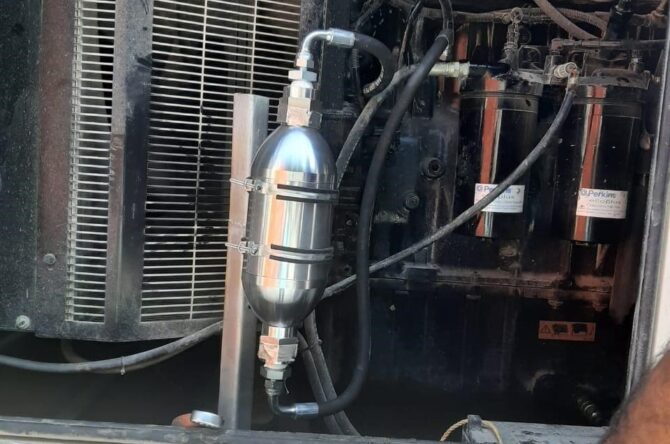
Benefits of a Super Energy Catalytic Converter (S.E.C.C)
The product is intended for use in generators, burners, or any large or small device that makes use of the following energy sources: Solar / Gas / Heavy Oil / Gasoline
Increased horsepower, more powerful thrust, and ultimate speed increased by 20 to 40%.
It is simple to ignite and start, and it runs smoothly.
Keeping the engine clean, extending its useful life, and saving more than 50% on maintenance costs.
As tested by the environmental agency, reduce pollution by 70 to 90%.
Saving 15 to 30% of fuel when compared to normal fuel consumption, and more than 10% when compared to the fuel consumption of a new engine.
Saves the environment by reducing CO2 emissions by 68% less than before.
Reduce harmful NOx emissions by 85% less than before.

YouSave is a Palestinian company that was founded in 2019 and the first company in Palestine to sell fuel saving and environmentally friendly devices.
Quick Links
Quick Contact
If you have any questions or need help, feel free to contact with our team.
Palestine, Ramallah & Al-Bireh Al-Bireh, Al Balou’, Jawwal Circle
©2023 YouSave , All Rights Reserved. Designed by Omar Elradie.

